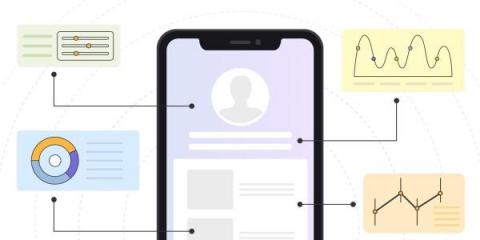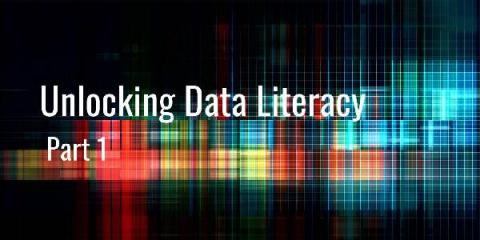How to Easily Apply Analytics to Product Development Management
The development of a digital product has been redefined to involve only 4 phases, as TCGen and Product Plan propose: However, having an easier-to-follow process is not the only improvement that you can implement: cost and time efficiency can be taken a huge step further when you incorporate analytics insights. So, with this infographic, we propose some tools that can help you analyze data sets to enrich the phases of each development process.











